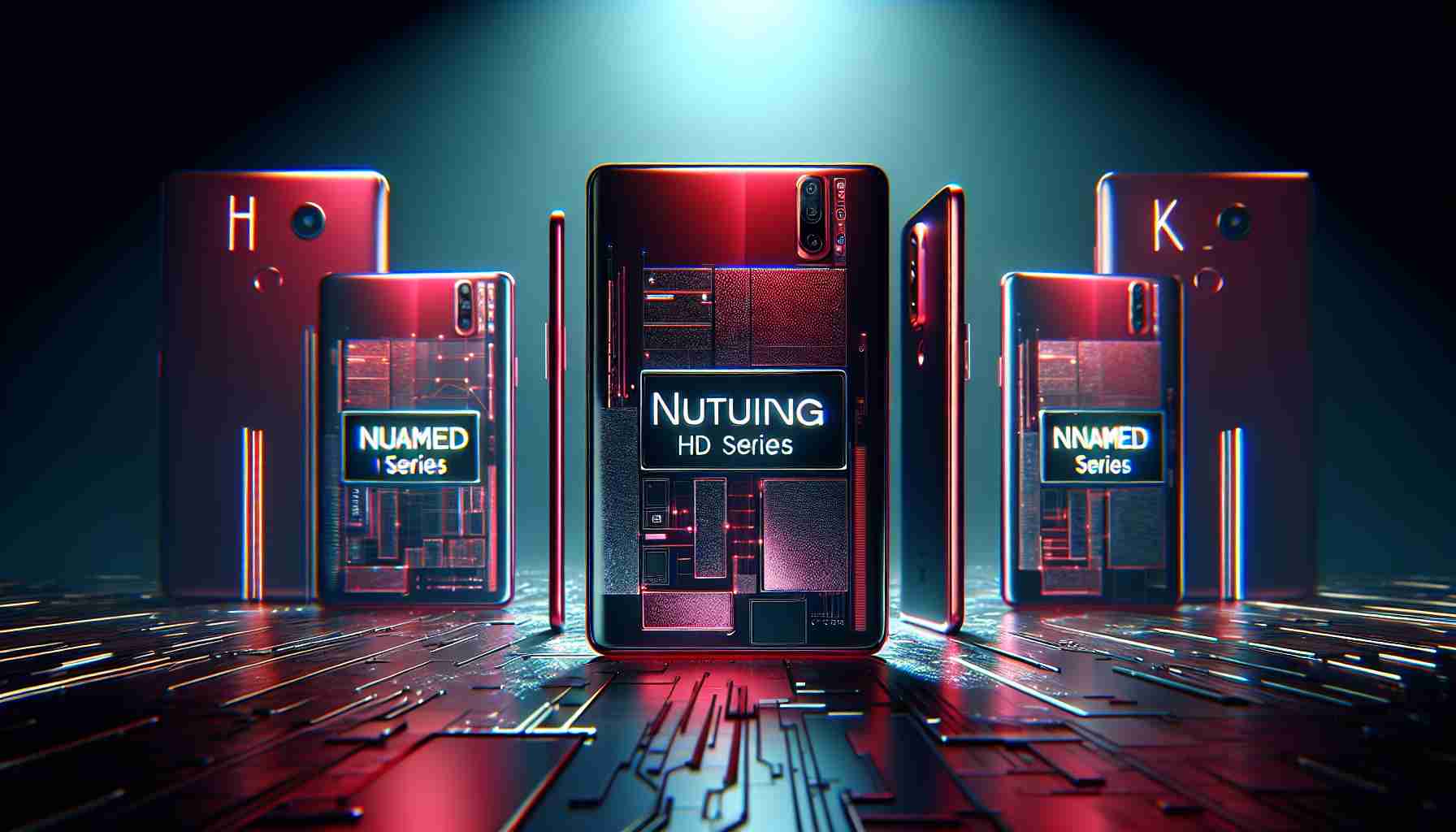In an exciting development in the smartphone industry, Redmi has announced the imminent release of its K80 series, featuring the groundbreaking third generation of Chinese-manufactured 2K displays. This innovation marks a continued commitment by the brand to push technological boundaries since the adoption of 2K screens with the K60 series.
Display: The K80 series is expected to house a 2K Huaxing LTPS flat screen, enhancing visual performance for users. This transition to high-resolution display technology highlights Redmi’s dedication to delivering premium experiences.
Camera and Imaging: Preparing for an unprecedented photographic experience, the K80 series undergoes rigorous imaging tests. Key features of the Redmi K80 Pro include a powerful 50MP primary shooter, enhanced by additional lenses for ultrawide and macro capabilities. The lineup promises to elevate mobile photography standards.
Performance: When it comes to power and efficiency, the K80 Pro stands out with its Snapdragon 8 Ultimate Edition processor. Meanwhile, the K80 is equipped with the Snapdragon 8 Gen3, ensuring a robust performance for all users.
Battery and Design: With the integration of a massive 6000mAh battery and fast-charging technology, the K80 series is engineered for longevity. The smartphones also boast IP68 protection and a sleek metal frame for a sophisticated yet durable design.
These revelations not only cater to tech-savvy users’ demands but also set a new benchmark for modern smartphones, positioning the Redmi K80 series as a formidable contender in the market.
Redmi K80 Series: The Unseen Impacts of Cutting-Edge Smartphone Technology
The Unveiled Potential of Advanced Technology in Our Daily Lives
While the announcement of the Redmi K80 series showcases remarkable advancements in smartphone technology, there are several underappreciated aspects that have significant implications for society and the globe. Analyzing these aspects reveals intriguing insights, along with both advantages and potential drawbacks that this new wave of innovation introduces.
Environmental Impact and Sustainability Concerns
The inclusion of high-performance batteries like the massive 6000mAh in the K80 series poses crucial questions about environmental sustainability. Although these batteries enhance user convenience by promoting device longevity, manufacturing such batteries involves sourcing raw materials like lithium and cobalt. Mining these elements can have a detrimental environmental impact, which sparks controversy around the sustainable practices of smartphone manufacturing.
How do companies mitigate these effects? Well, some tech giants are exploring alternatives such as recycling programs and investing in technology to produce batteries with lesser environmental footprints, a strategy that could be embraced by Redmi in the future.
Economic and Social Influences on Communities
Smartphones, especially high-tech ones like the K80 series, have considerable economic and social implications. The production and global distribution of these devices contribute to economic growth and job creation in multiple sectors, from manufacturing to retail. Communities benefit from improved local economies and opportunities for technical skill development.
However, with communities increasingly becoming dependent on cutting-edge technology, issues like digital divide and information equity arise. Access to these advanced smartphones remains limited by financial barriers, leaving certain segments of the population with fewer chances of benefiting directly from such technological advancements. This prompts the question: Is technology creating a more inclusive future, or widening existing gaps?
Advantages and Disadvantages: A Balanced Overview
The advent of smartphones like the K80 series heralds a new era with distinct advantages, such as:
– Improved Performance and Efficiency: With processors like Snapdragon 8 Ultimate Edition, users experience faster and more efficient operations, enriching both personal and professional interactions.
– Enhanced User Experience: The high-resolution 2K displays and sophisticated imaging capabilities make these smartphones ideal for entertainment, professional photography, and content creation.
Conversely, challenges persist:
– Cost and Affordability: Premium components often result in high retail prices, potentially limiting access to socio-economically diverse user groups.
– Maintenance and Repairability: The sophisticated design and technology may lead to complicated and costly repairs, discouraging long-term use and inadvertently fostering a throwaway culture.
Final Thoughts: Navigating a Future Driven by Tech Innovations
As the world embraces the next leap in smartphone technology with Xiaomi’s Redmi K80 series, important conversations around responsible production and equitable access must continue. Only by addressing these issues can the true potential of technological progress be realized without disregarding its societal and environmental responsibilities.
If you’re interested in exploring more about cutting-edge smartphone technology and its global implications, visit the following link for further insights: CNET.























